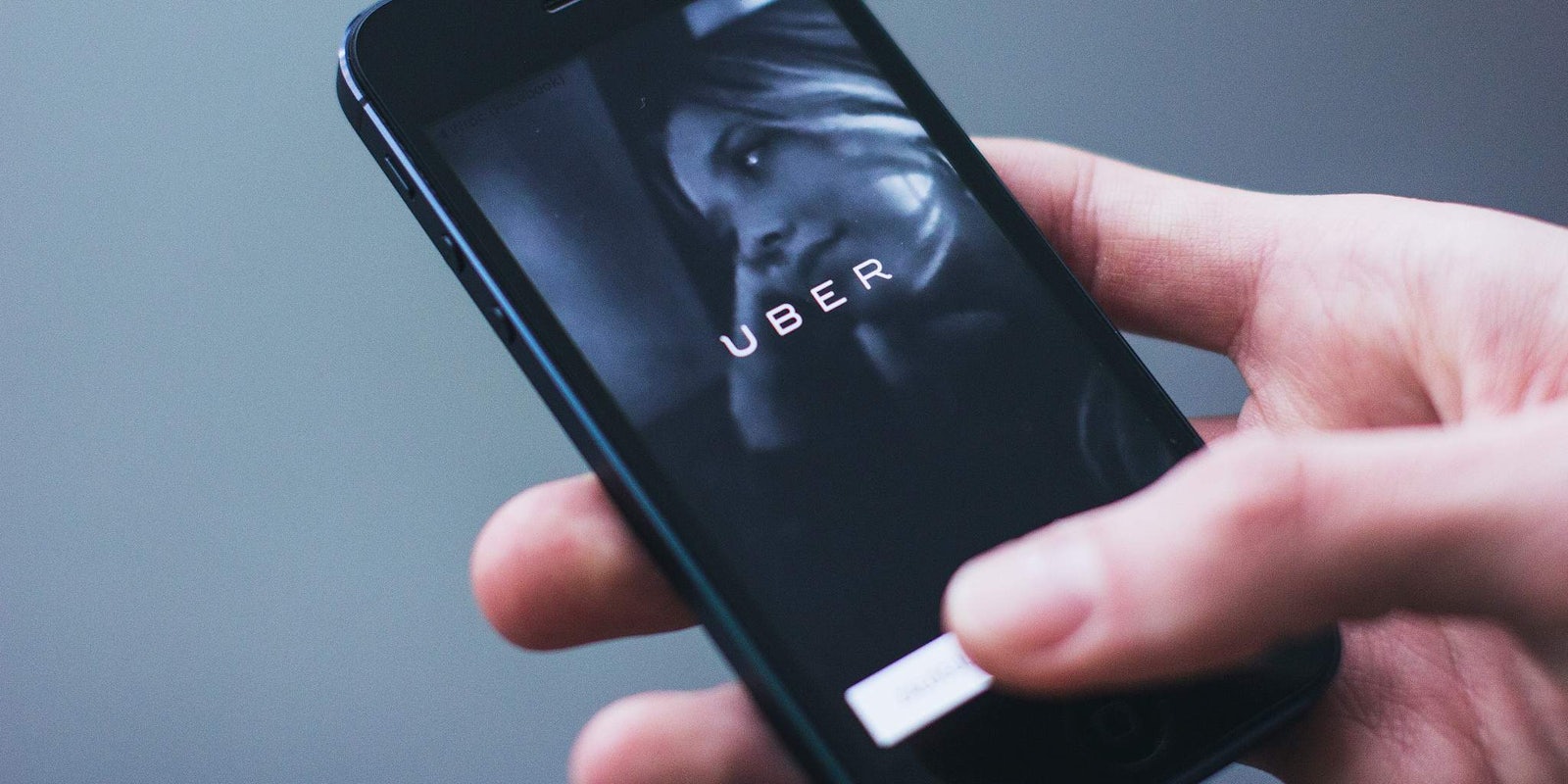Uber’s on-demand transportation service has made it so you don’t have to place a call to get a ride, but it was recently revealed that the company has been testing a hotline for riders to call in case of an emergency.
According to Inc., the emergency response line has been undergoing testing in 22 cities and has been available since October. Uber hasn’t alerted riders nor drivers to the number, and has placed it in various locations within the app as a way to test how easy it is to find and access.
When a rider calls the number 800-353-8237 (800-353-UBER), they are transferred to one of two call centers hosted in Chicago and Phoenix. The centers are manned around the clock with people who can help solve urgent issues that don’t necessarily require emergency services like the police.
The hotline isn’t a replacement for 9-1-1, but rather is made to serve as a direct line to help solve problems quickly—leaving something valuable in the car on accident, for example. Critical cases can be elevated by the service center’s help staff to emergency services if required.
Calls placed to the center could also deal with concerns about a driver; the horrific incident in Kalamazoo likely comes to mind, where an Uber driver shot and killed six people in between completing fares. Prior to the rampage, a rider in the shooter’s car contacted the police and Uber to warn that he was driving recklessly and seemed dangerous. It seems no action was taken at the time.
In response to the Kalamazoo shooting, Uber essentially reaffirmed its belief that its safety protocols are strong enough on their own and that additional measures did not need to be taken. The company acknowledged receiving complaints about the driver who would go on to kill six but declined to detail how it handled those complaints.
Safety has been an ongoing concern for Uber, and failure to properly address it has only worsened the situation. According to a report from Buzzfeed, Uber has received thousands of support tickets for reported sexual assaults and thousands more for reported rape. Uber dismissed this by suggesting they were primarily typos.
Given that, it seems odd that the company would choose to turn a safety feature into a hidden one. Plenty of services run this type of testing to discover the best way to implement a feature to make it accessible and functional within the user interface, but it seems especially tone deaf for a company with open questions about its safety protocols to turn its emergency hotline into an easter egg.
Uber has not indicated if it plans to expand the pilot program or publicize the number for it to more of its users.
H/T Gizmodo | Photo via freestocks.org/Flickr (Public Domain)


